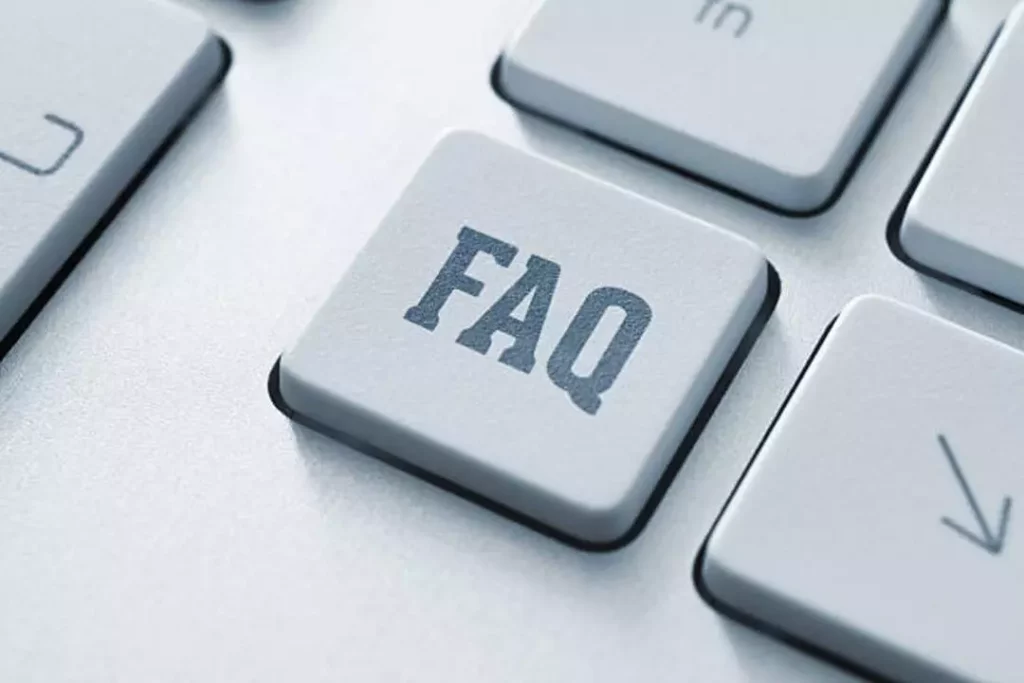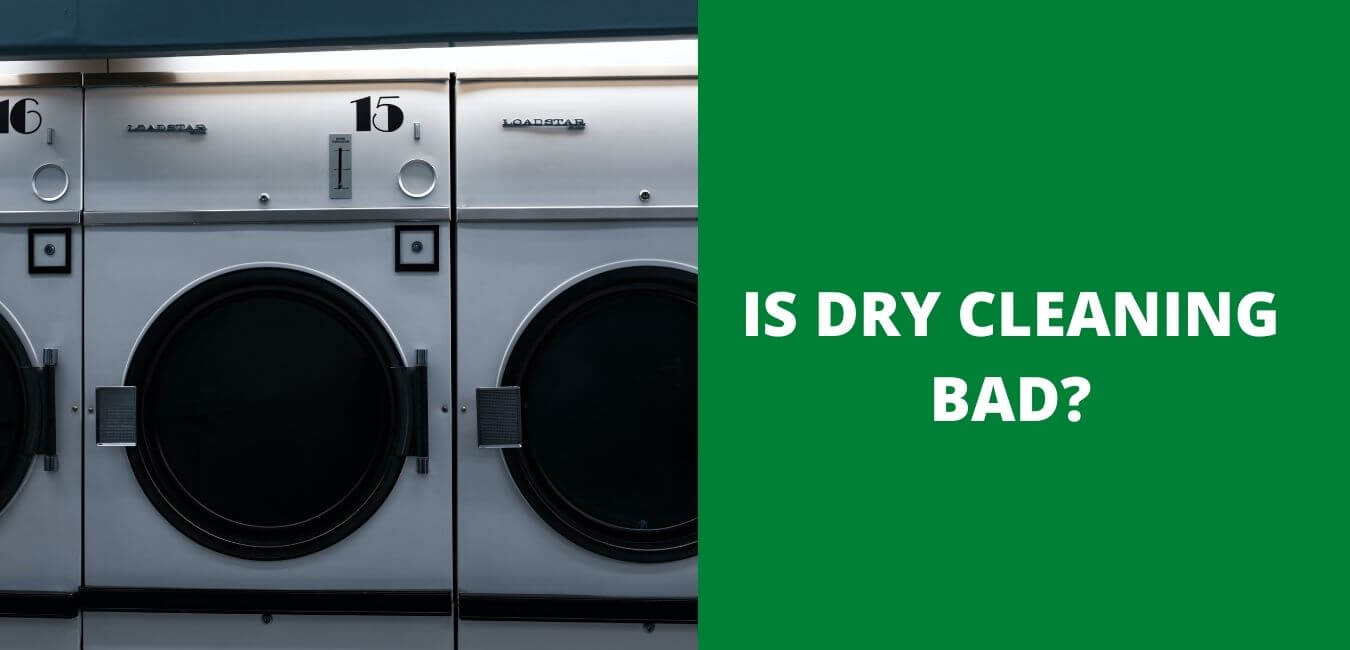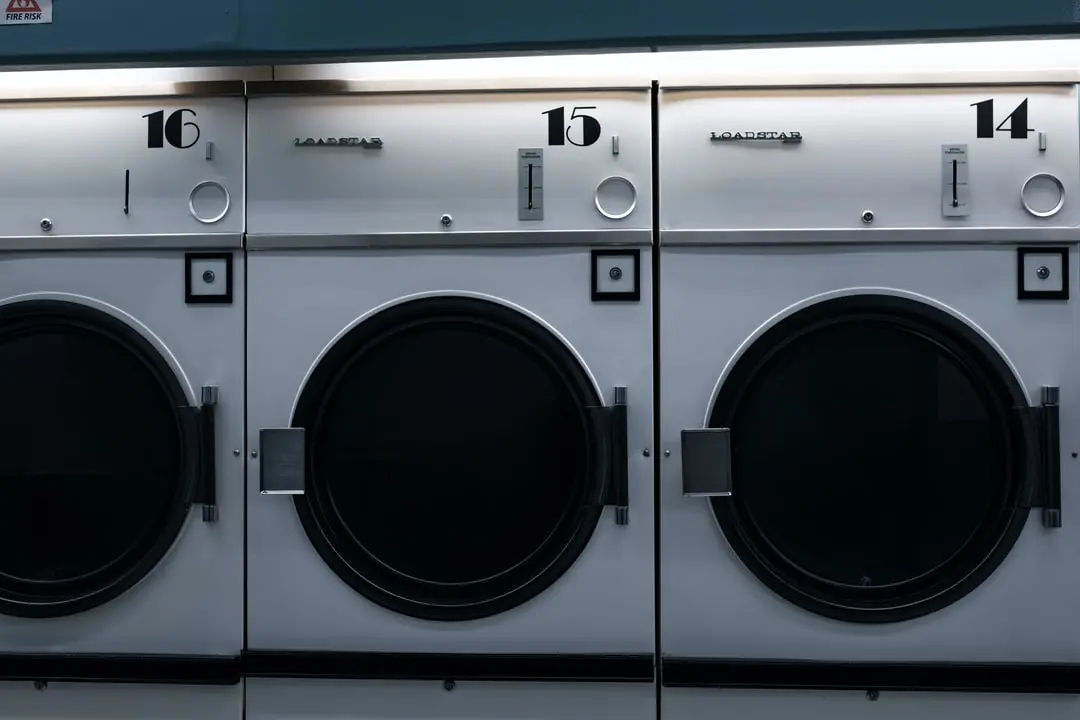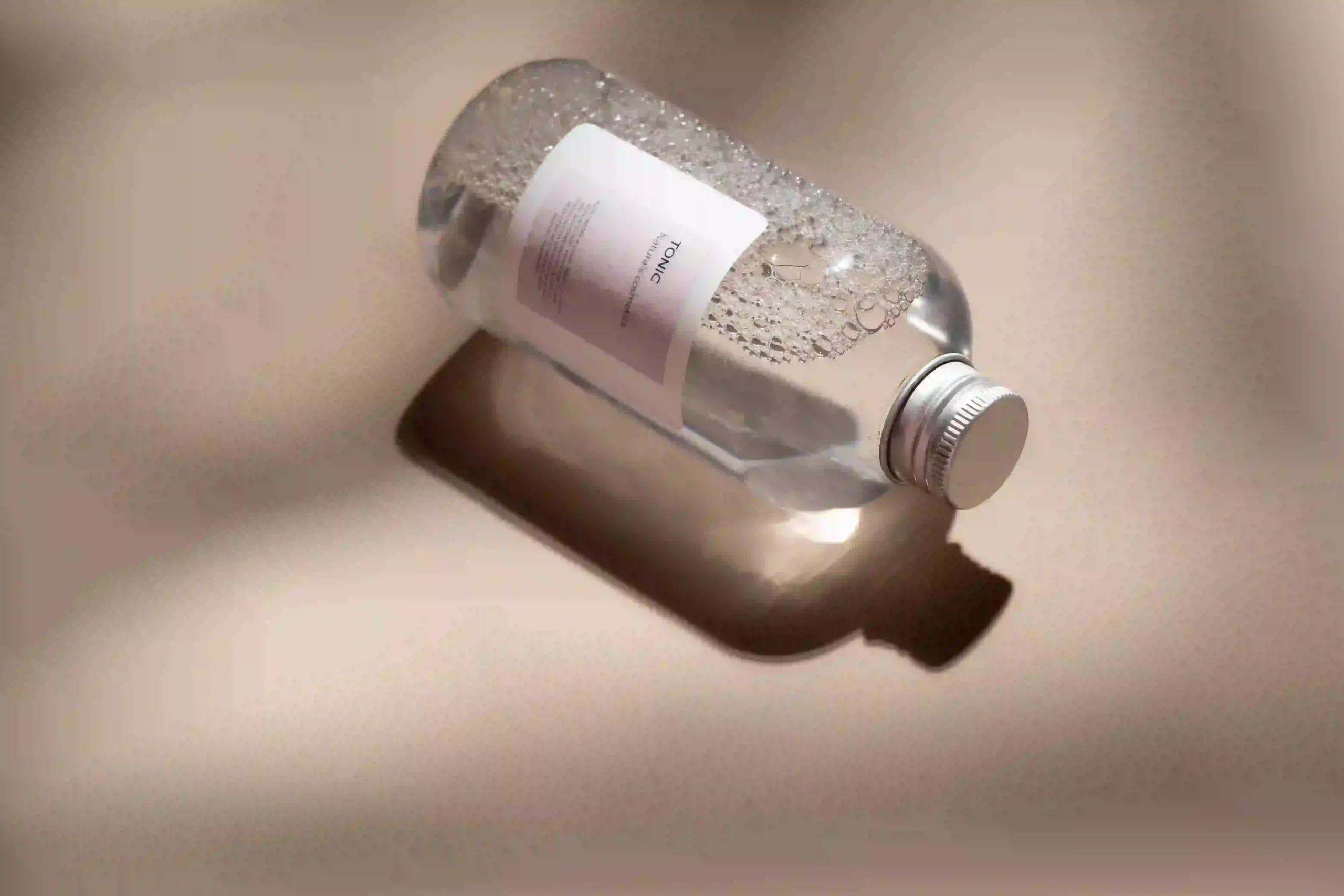Are you wondering why your clothes are still dirty or damaged even after a wash? One often overlooked problem could be underloading your washing machine.
This blog will guide you on how underloading can lead to damage, inefficiency, and poor cleaning results while sharing practical tips on correct laundry loading.
Ready for cleaner, more cared-for clothes? Let’s dive in!
Key Information
- Underloading a washing machine can lead to poor cleaning results because the water and detergent can’t spread out properly.
- It can also cause increased wear and tear on clothes, resulting in pilling, fading, and tearing of garments.
- Underloading leads to inefficient water and energy usage, wasting precious resources every time you do laundry.
- It can also damage the washing machine itself by causing an imbalance in the drum, inefficient use of water and detergent, and mold growth.
The Consequences of Underloading a Washing Machine
Watch this Video
Title: Are You Overloading Or Underloading Your Washer?
By: PCApplianceRepair Is Now AppliancePartsExperts
Underloading a washing machine can lead to poor cleaning results, increased wear and tear on clothes, as well as inefficient water and energy usage.
1. Poor cleaning results
You may notice your clothes not getting clean if you underload your washing machine. This is because the water and detergent can’t spread out and work well. Your clothes need to rub against each other in the wash.
That helps get them clean. Underloading means less rubbing, so dirt stays on. It’s key to filling up the washing machine just right for a good clean. Too little can be as bad as too much!
2. Increased wear and tear on clothes
Underloading a washing machine can cause increased wear and tear on your clothes. When you don’t have enough items in the drum, they tend to rub against each other more aggressively during the wash cycle.
This friction can lead to pilling, fading, and even the tearing of your garments. Additionally, underloaded clothes have more room to move around inside the machine, which can cause them to twist and tangle together.
This twisting action puts extra stress on fabric fibers and seams, causing them to weaken over time. So, it’s important to properly load your washing machine with an appropriate amount of clothing to avoid unnecessary damage.
3. Inefficient water and energy usage
Underloading a washing machine can also lead to inefficient water and energy usage. When the machine is not filled to the appropriate level, it uses more water and energy than necessary.
This means you’re wasting precious resources every time you run an underloaded load of laundry. Additionally, the washing machine may not be able to effectively distribute the water and detergent throughout the load, resulting in poor cleaning performance.
So, by properly loading your washing machine, you can ensure efficient water and energy usage while keeping your clothes clean at the same time.
The Impact of Underloading on the Washing Machine Itself

Underloading a washing machine can lead to imbalance and potential damage to the drum, inefficient use of water and detergent, as well as an increased likelihood of mold and mildew growth.
1. Imbalance and potential damage to the drum
When you underload a washing machine, it can cause an imbalance in the drum. This imbalance puts extra strain on the machine and can lead to potential damage. The drum is designed to handle a certain amount of weight, and when it’s not filled properly, it can start bouncing around during the wash cycle.
This bouncing can result in scratches or dents on the inside of the drum, which may eventually lead to more serious damage. So, make sure to fill your washing machine with an appropriate load to avoid any potential harm.
2. Inefficient use of water and detergent
Underloading a washing machine can lead to an inefficient use of water and detergent. When the drum is not filled to the appropriate level, the machine may use more water than necessary to wash the small load.
This wasteful use of water increases your utility bills and has a negative impact on the environment. Additionally, using too much detergent for a small load can result in excessive sudsing, which requires extra rinsing cycles to remove all the soap residue from your clothes.
Not only does this waste water and energy, but it also puts unnecessary strain on your washing machine. By properly loading your washer with an appropriate amount of clothes, you can ensure efficient use of both water and detergent while achieving optimal cleaning results.
3. Increased likelihood of mold and mildew growth
Underloading a washing machine can also increase the likelihood of mold and mildew growth. When you don’t fill the drum to an appropriate level, there may be excess moisture left in the machine after each wash.
This lingering moisture provides an ideal environment for mold and mildew to thrive. As a result, your washing machine can develop unpleasant odors, and these molds can also transfer onto your clothes during subsequent washes.
To avoid this issue, it’s important to load the washing machine correctly and ensure that it is properly balanced for efficient drying after each use.
Tips for Properly Loading a Washing Machine

To ensure effective cleaning and prevent damage, follow these tips for properly loading your washing machine. Fill the drum to the appropriate level, separate heavy and lightweight items, and use the correct amount of detergent.
Read on to learn more about how to maximize your washer’s efficiency and protect your clothes.
1. Fill the drum to the appropriate level
To properly load your washing machine, make sure to fill the drum to the appropriate level. This is important because underloading or overloading can lead to problems. When the drum is not filled enough, it may result in poor cleaning results and inefficient water usage.
On the other hand, overloading can cause clothes to wear out faster and potentially damage the drum. To find the right balance, separate heavy and lightweight items and use the correct amount of detergent.
By filling the drum correctly, you’ll ensure that your clothes are cleaned effectively while avoiding any unnecessary damage to your washing machine.
2. Separate heavy and lightweight items
To properly load your washing machine, it’s important to separate heavy and lightweight items. This helps to ensure that the load is balanced and the clothes are cleaned evenly. When heavy items like towels or jeans are mixed with lighter ones like t-shirts or underwear, it can cause an imbalance in the drum.
This can lead to poor cleaning results and potentially even damage the machine itself. By separating heavy and lightweight items, you’ll help maintain the efficiency of your washer and extend its lifespan.
So remember, when loading your washing machine, take a moment to separate those heavier items from the lighter ones for better cleaning performance.
3. Use the correct amount of detergent
Using the correct amount of detergent is important when loading your washing machine. Adding too much detergent can cause excessive suds, and not enough detergent may result in poor cleaning results.
Follow the recommended guidelines on the detergent packaging or your washing machine’s manual to determine the appropriate amount for each load. By using the right amount of detergent, you’ll ensure that your clothes are properly cleaned without wasting excess product or causing any damage to your washer.
Frequently Asked Questions

1. Is underloading a washing machine bad for your clothes?
Underloading a washing machine can be bad for your clothes, as they may not receive enough agitation and water, resulting in ineffective cleaning and potential damage to delicate fabrics.
2. Is underloading a washing machine bad for your washer?
Underloading a washing machine is not necessarily bad for the washer itself, but it can lead to inefficiency and energy waste since the machine uses the same amount of water and energy regardless of load size.
3. What are the potential impacts of underloading a washing machine?
The potential impacts of underloading a washing machine include incomplete cleaning, inefficient use of resources (water and energy), increased wear on specific parts due to imbalance, and a shorter overall lifespan of the appliance.
4. How can I avoid underloading my washing machine?
To avoid underloading your washing machine, try grouping smaller loads together or using appropriate load sizes based on the recommended capacity stated in your appliance’s user manual.
Conclusion and final thoughts
In conclusion, underloading a washing machine can have negative effects on both your clothes and the washer itself. It can lead to poor cleaning results, increased wear and tear on clothes, and inefficient water and energy usage.
Additionally, underloading can cause an imbalance in the drum, resulting in mold growth and wasting water and detergent. Therefore, it is important to properly load the washing machine to avoid these problems and ensure optimal performance.












